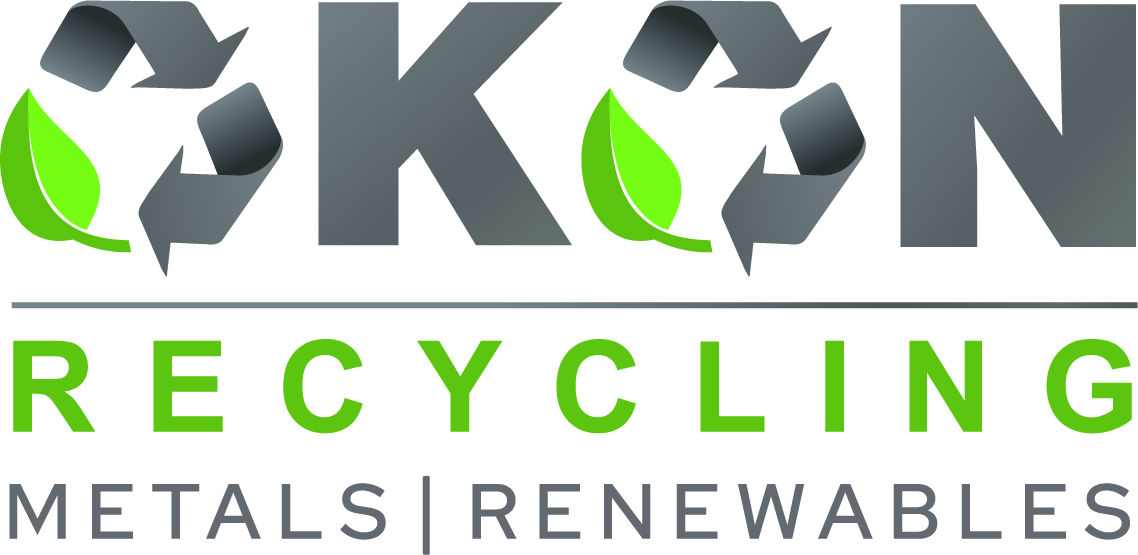5901 Botham Jean Blvd, Dallas, TX 75215
What Are the Challenges in Solar Panel Recycling?
April 24, 2025Solar panel recycling is facing a significant challenge as the renewable energy sector grows. Statistics reveal that in the United States and European Union, less than 10% of decommissioned panels are recycled, with most ending up in landfills, posing an environmental risk.
Cost is the main barrier. Recycling a solar panel costs between $20-$30, while landfill disposal is just $1-$2 per panel. This price disparity discourages recycling among many solar operators.
Another challenge is material separation. Modern solar panels consist of layers of glass, aluminum, silicon cells, and polymers, all bonded together. Current recycling methods struggle to separate these components efficiently. Standard panels use ethylene-vinyl acetate adhesives, requiring temperatures above 400°C to break down.
The industry also lacks standardized collection systems. With solar installations spread over wide areas, transporting end-of-life panels to recycling facilities incurs substantial costs. Many regions lack local recycling options, which becomes more problematic as solar capacity rapidly expands.
How Do Economic Factors Impact Solar Panel Recycling?
![]()
The economics of solar panel recycling present a significant barrier to widespread adoption. Current processing costs range from $20 to $30 per panel, while the value of recovered materials typically fetches only $3 to $8 per panel. This unfavorable cost-to-value ratio explains why about 90% of end-of-life solar panels end up in landfills instead of recycling facilities.
Transportation expenses add another financial burden to the recycling process. Collection costs start at $0.05 per watt but can rise to $0.25 per watt depending on site accessibility and panel volume. Shipping a single container holding between 300 to 500 panels costs $1,000 to $2,000. These logistics expenses often make recycling economically impractical, especially for small-scale operations.
Labor costs vary based on several factors. The complexity of panel removal, loading requirements, site accessibility, and the number of panels being processed all influence the final cost. Many recyclers need minimum waste volumes of 4,000 tons annually to maintain profitability, creating additional challenges for individual homeowners and small businesses.
The Landfill Cost Advantage
The cost disparity between recycling and landfill disposal remains a major obstacle. Landfill disposal costs only $1 to $5 per panel, creating a strong economic incentive to choose this environmentally harmful option. For budget-conscious operators, the decision often comes down to simple economics rather than environmental considerations.
The high costs of specialized recycling facilities further complicate matters. Mechanical separation costs $10 to $15 per panel, while chemical treatment adds another $5 to $20. Facilities designed for bulk processing can achieve some economies of scale, with rates between $12 to $25 per panel. However, these rates still exceed the value of recoverable materials.
Environmental regulations add complexity to the economic equation. Panels containing hazardous materials require special handling and disposal protocols. The Toxicity Characteristic Leaching Procedure (TCLP) tests determine whether panels contain harmful substances like lead, cadmium, or arsenic. Panels failing these tests face additional regulatory hurdles and higher disposal costs.
Future Economic Outlook
Despite current challenges, the economics of solar panel recycling show promising signs of improvement. Industry experts project that recycled solar panel materials will grow in value from $170 million to $2.7 billion by 2030. This potential market expansion could help narrow the pricing gap between recycling and landfill disposal.
Technological innovations are gradually reducing processing costs. Advanced thermal and chemical processes can now recover up to 98% of panel materials with high purity levels. These improvements increase the value of recovered materials while decreasing processing expenses. Some researchers have developed methods to extract over 90% of valuable silver within just 10 minutes, significantly improving recovery economics.
Policy changes could further shift the economic landscape. Extended producer responsibility programs require manufacturers to manage the entire lifecycle of their products, including end-of-life disposal. These programs create financial incentives for proper recycling while discouraging landfill disposal. As more regions adopt similar policies, the economics of solar panel recycling will likely become more favorable.
What Regulatory Hurdles Exist in Solar Panel Recycling?
The United States currently lacks a comprehensive federal regulatory framework for solar panel recycling. This absence of national standards poses a significant challenge to establishing consistent recycling practices nationwide. Without uniform federal guidelines, recycling efforts remain fragmented and inefficient.
At the state level, only a few states have implemented their own solar panel recycling regulations. Washington State led these efforts by mandating manufacturer recycling programs through their Solar Incentives Job Bill in 2017. California followed by classifying end-of-life solar panels as universal waste, simplifying management requirements while maintaining environmental protections.
Other states have adopted varied approaches to address solar panel disposal.
New Jersey established a Solar Panel Recycling Commission to develop state-specific solutions. North Carolina implemented a decommissioning program for solar installations. Hawaii adopted universal waste regulations similar to California. This patchwork of state policies creates inconsistent requirements across regions.
The varying regulatory landscape complicates compliance for companies operating in multiple states. Solar installation companies and recyclers must navigate different requirements in each jurisdiction, increasing administrative burdens and operational costs. The lack of standardization also creates confusion for consumers seeking proper disposal options.
Addressing the Challenges
The Environmental Protection Agency (EPA) recognizes these challenges and is working to classify hazardous waste solar panels under universal waste regulations. This potential federal change would simplify management requirements while maintaining environmental safeguards. Universal waste classifications could save facilities millions in management costs annually, similar to benefits seen in California.
Current federal regulations primarily address hazardous materials through the Resource Conservation and Recovery Act (RCRA). Solar panels may be classified as hazardous waste if they contain certain levels of toxic elements like lead or cadmium. The Toxicity Characteristic Leaching Procedure (TCLP) test determines this classification.
The regulatory challenges are compounded by the complex material composition of solar panels. Some panels contain materials that could pose environmental risks if improperly disposed of, including lead, cadmium, and other potentially hazardous components. Proper classification and handling of these materials require clear regulatory guidance.
Several states now require property owners to document end-of-life decommissioning plans in their property deeds. This approach ensures long-term planning for proper disposal. However, limited recycling infrastructure in many regions means panels often travel significant distances for processing, regardless of local regulations.
The contrast between U.S. and European regulatory approaches highlights possible paths forward. The European Union has implemented comprehensive policies, including extended producer responsibility (EPR) under the Waste Electrical and Electronic Equipment (WEEE) Directive. This framework places responsibility for end-of-life management on manufacturers, encouraging better design and recycling systems.
Addressing these regulatory hurdles requires coordination between federal and state governments, industry stakeholders, and environmental advocates. Unified standards would streamline compliance, improve recycling rates, and support the development of recycling infrastructure nationwide.
What are the Future Prospects for Solar Panel Recycling?

The solar panel recycling industry is on the brink of significant transformation. Despite current challenges, market projections are optimistic, forecasting growth from about $323 million in 2024 to between $548 million and $931 million by 2030, influenced by market conditions and technological advancements.
Innovative recycling technologies are contributing to this positive outlook. Laser-based recycling methods are becoming more popular, with a projected CAGR of 9.8% through 2030. These precise techniques minimize material loss while efficiently recovering valuable components like silver and silicon from end-of-life panels.
Collaboration is crucial for a sustainable energy future. Companies like SOLARCYCLE are leading with ambitious projects, including a facility in Georgia designed to process 10 million solar panels annually. This marks a significant step toward managing the large volume of panels expected to reach end-of-life status by 2030.
As the solar industry evolves, recycling will become a vital part of the renewable energy ecosystem. For organizations seeking sustainable solutions for end-of-life solar panels, contact Okon Recycling at 214-717-4083.
